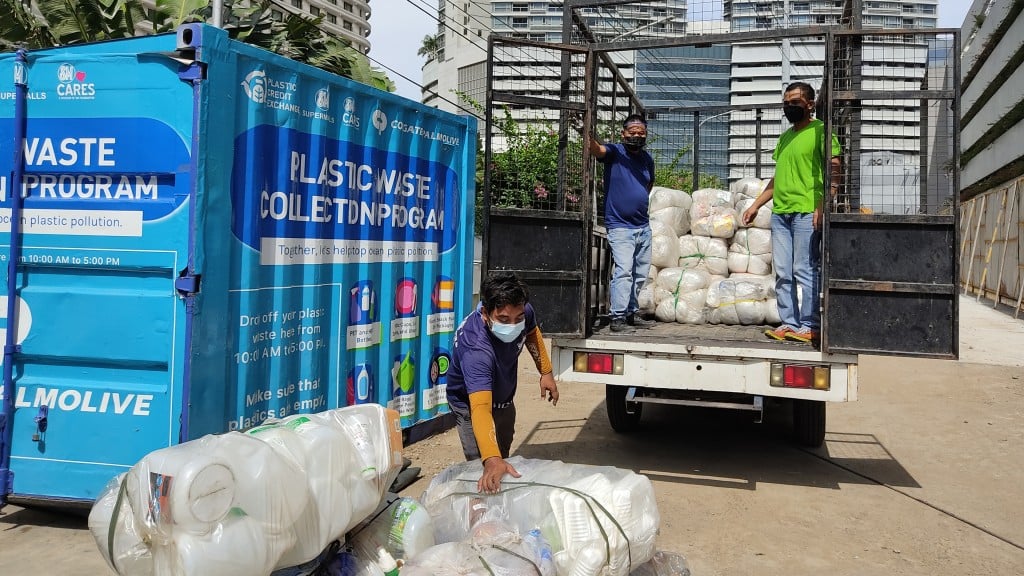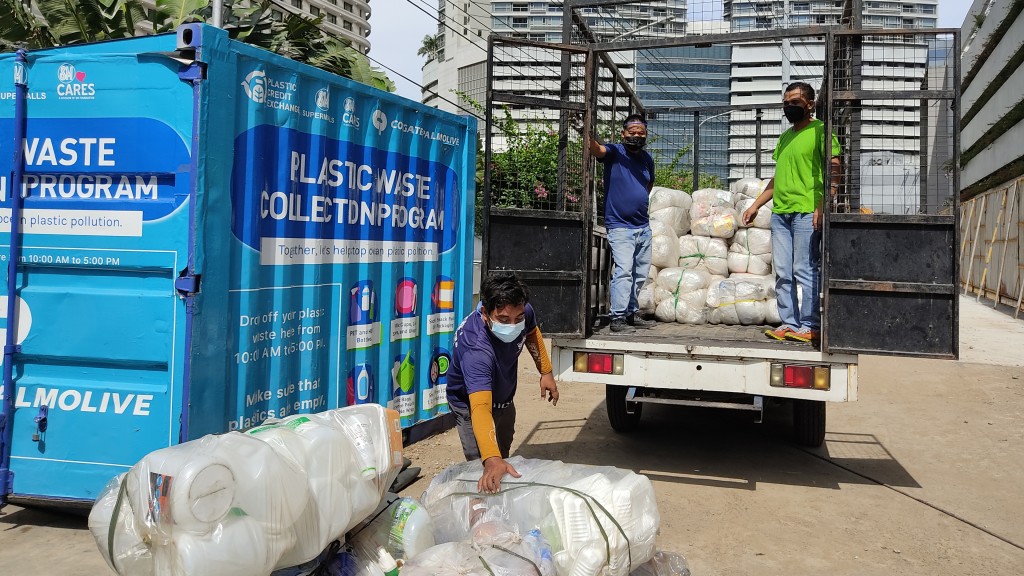
Our planet needs us. Over 8.4 billion tons of plastic debt threatens the environment from over 80 years of commercial plastic production. Another 380+ million tons are expected to continue to enter the market each year, where approximately 68 percent is expected to be mismanaged and could leak into nature. WWF famously quotes that if nothing changes, there could be more plastic than fish in the ocean by 2050.
As a WWF Philippines Board member, I see the organization working diligently to find scalable and responsible solutions to overcome this crisis (the Philippines is infamously the 3rd worst offender of ocean plastic pollution). I also oversee brands that use plastic that cannot yet be viably removed from either their products or supply chains, like waste from essential plastics for medical, safety or food security applications.
With this experience, there are clear facts surrounding the crisis we are in:
- There are some important environmental, safety and equality considerations for the use of plastic.
- All the reasons plastic use has been successful make it notoriously difficult to get rid of.
- We should try to reduce unessential plastic wherever we can.
Until we find a viable substitute, we should find a way to responsibly manage any essential plastic that remains in use so that it does not wind up in nature.
Finally, even if we do find a solution out of plastic, we would still need to clean up the over 8 billion tons of plastic legacy threatening our environment.
Lessons from carbon
In finding a solution to the plastic crisis, we can learn from the carbon space, where carbon credits have gained prevalence and criticism. According to the Corporate Credit Institute, "a carbon credit is a tradable permit or certificate that provides the holder of the credit the right to emit one ton of carbon dioxide or an equivalent of another greenhouse gas." Carbon, unfortunately, is very abstract. Cleaning up one ton of plastic waste is much easier to validate and understand than carbon. While we feel the effects of carbon on our planet, if you ask someone to measure it, to understand how to reduce it or how to clean it up - your average person won't know where to begin.
It's important we learn lessons from the carbon space to improve how we look at plastic waste reduction, in order to successfully and truthfully contribute to a solution and avoid replicating the confusion in the carbon space.
In the plastic space, countries around the world must agree on a policy and coordinate to manage plastic responsibly through regulation. Given that could take many years, one approach is to work with governments to make the case for extended producer responsibility and concurrently deliver a voluntary market-based mechanism for companies that want to take responsibility for their plastic footprint themselves today.
What is plastic offsetting?
Plastic credits take a more viable approach to offsetting waste compared to carbon credits. A plastic "credit" is a verified plastic offset equal to one ton of plastic waste. When plastic credits are used by companies to balance out their footprints, it's called "offsetting."
Plastic responsibility needs to explore a wide range of solutions to reduce, replace, reuse and recycle wherever possible. However, even in the best cases, there is always a portion of a company's footprint that cannot be reasonably removed. The question is, what to do with that plastic? One way producers can take responsibility for that plastic is through offsetting.
Offsetting can play a role to ensure that producers who cannot yet remove plastic from supply chains. If done well, this solution can serve as a bridge to make sure we are addressing an important problem today, rather than wait in case we find a better solution tomorrow.
Key factors of plastic offsetting programs
As an industry, we have an opportunity to shape this emerging space having learned the mistakes from carbon and resolve to do better. Anyone interested in plastic offsetting through credits must prioritize:
Language, definitions and standards alignment
A lot of the language being used in plastic offsetting has been set by precedents in carbon, which come with a lot of baggage. We need to make sure we agree on not only what language is acceptable, but what that language means for everyone. This means adopting set language and its definitions across the industry as a standard.
Mechanisms that provide full transparency and traceability to prove additionality
Unlike carbon which can feel very abstract, plastic waste is tangible and familiar in a way that allows projects, even in the most underserved communities around the world, to track easily on an app or cellphone to prove additionality. Establishing baselines and incremental improvements for even the humblest of project operators will ensure buyers know when an offset delivers real impact.
Mechanisms that protect against double-counting
Technology can solve the problem of double counting. This may require working with a more sophisticated platform to transact your offset credits, but this will address risks at the project and buyer level. Buyers may seek to recycle credits, which in the plastic world, is the only thing insisted on being single-use.
Regulations that address the granularity of the problem by geography, plastic type and processing
Many plastic offset/credit sellers, at the moment, sell a generic credit. While this could be a geographical or operational limitation of the projects, it is important that buyers look at credits that are positioned for compliance. This means offsetting with credits that match the plastic pollution in their audited footprints and processing these in a way that maximizes environmental and socio-economic benefits.
Regulation that scales impact
The private sector is great at finding solutions to meet market demands quickly, but the government is needed to enact legislation that will enable these solutions to scale and hold all parties accountable. Governments who incentivize businesses and projects that invest in solving the problem, either through tax or access to inexpensive funding, could fuel the creativity that will be needed to better meet the needs of a circular economy.
If we can successfully tackle these issues, we will have come a long way in not only solving this crisis, but modeling the behavior we want to see in other sustainability verticals. These are all issues that can be solved for both at a project level and at an industry level if we are willing to be bold. Funding from offset credits would not only allow us to clean up the environment and invest in much needed infrastructure, but it could bring about the systemic change we all aspire for by placing a market driven cost on using plastic.
Activist voices help to keep the industry double checking its work to make sure there are meaningful solutions. I believe the plastic pollution crisis was created by a generation of leaders that did not fully realize the long-term consequences of their decisions, and today we not only have the tools, but we have a generation that understands the problem and cares about being part of the solution. We could be the generation that solves the plastic pollution crisis. Let's get to work.



